
How to Use MAX98375: Examples, Pinouts, and Specs
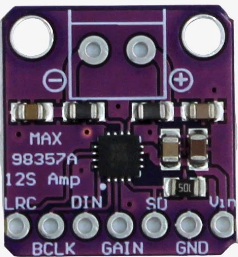
 Design with MAX98375 in Cirkit Designer
Design with MAX98375 in Cirkit DesignerIntroduction
The MAX98375 is a high-efficiency, Class D audio amplifier designed for driving speakers in portable and battery-powered applications. Manufactured in China, this component integrates a digital-to-analog converter (DAC) and supports I2S audio input, making it ideal for modern audio processing tasks. Its compact design and low power consumption make it a popular choice for devices such as smartphones, tablets, portable speakers, and other audio-enabled gadgets.
Explore Projects Built with MAX98375
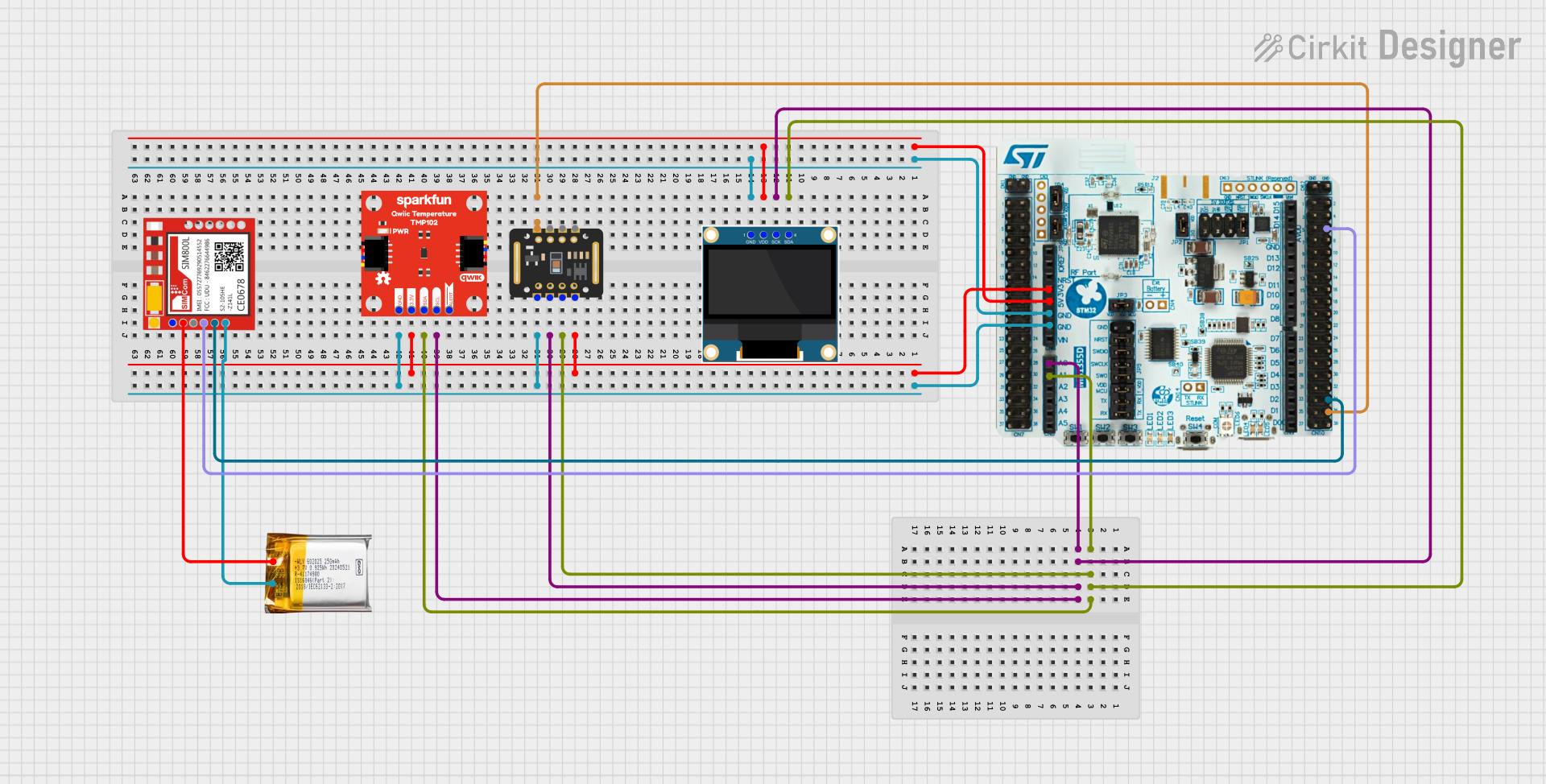
 Open Project in Cirkit Designer
Open Project in Cirkit Designer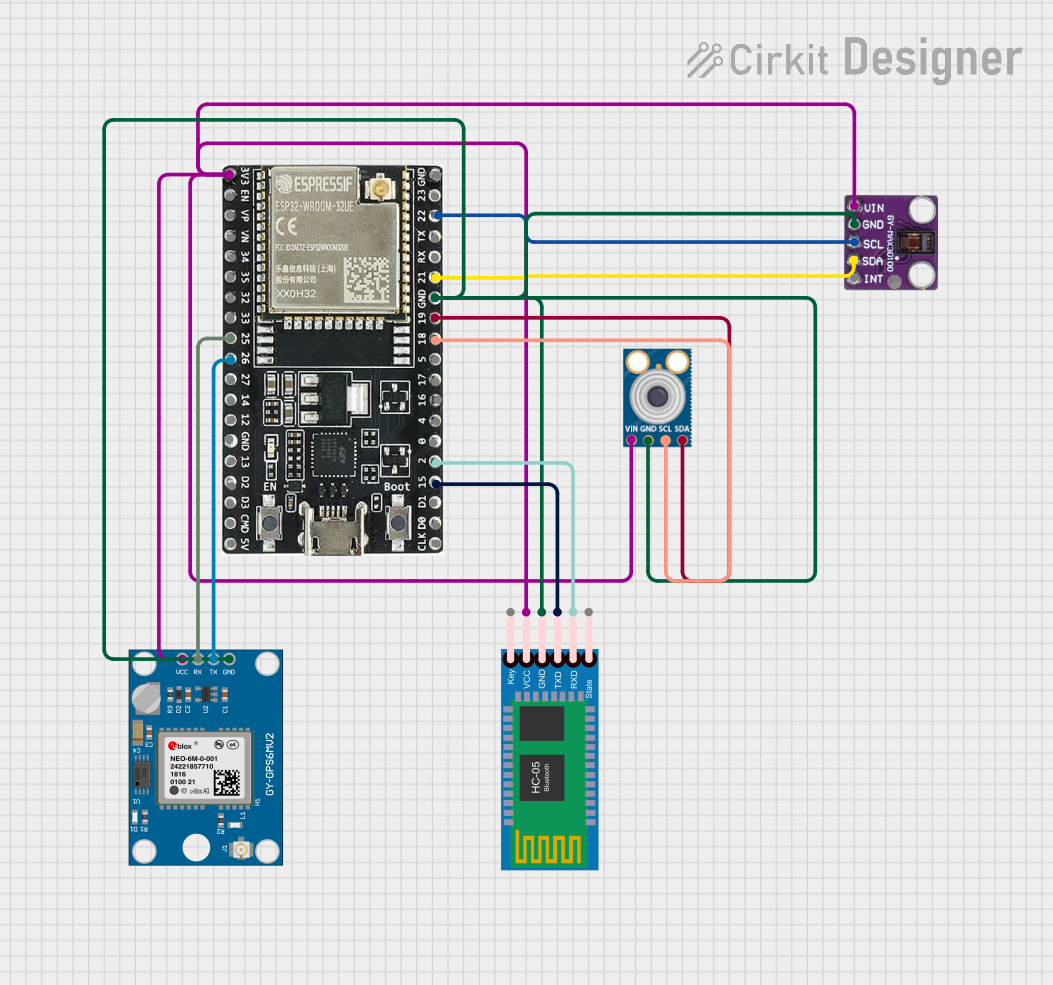
 Open Project in Cirkit Designer
Open Project in Cirkit Designer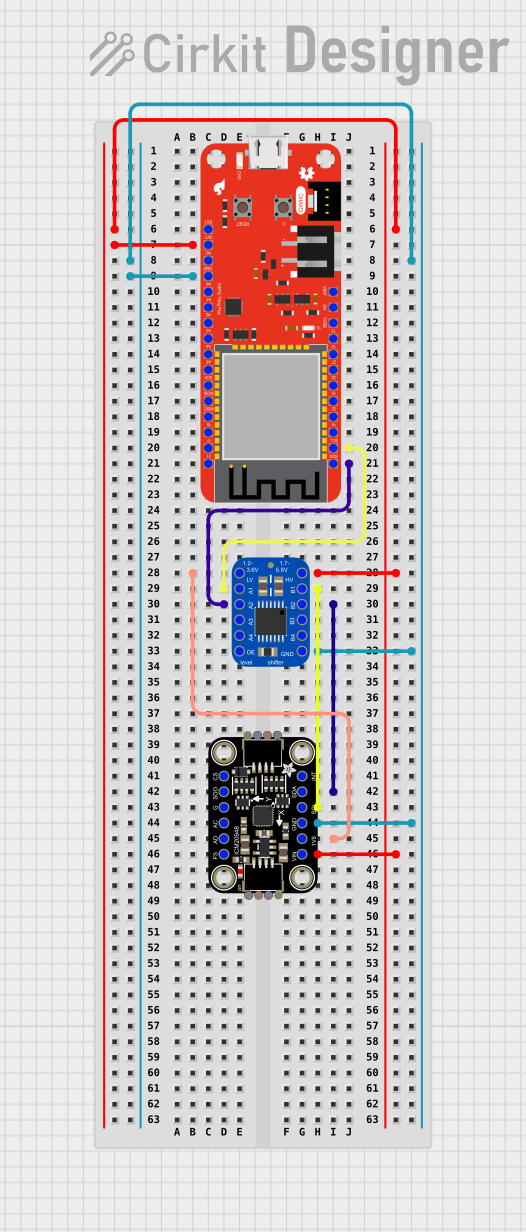
 Open Project in Cirkit Designer
Open Project in Cirkit Designer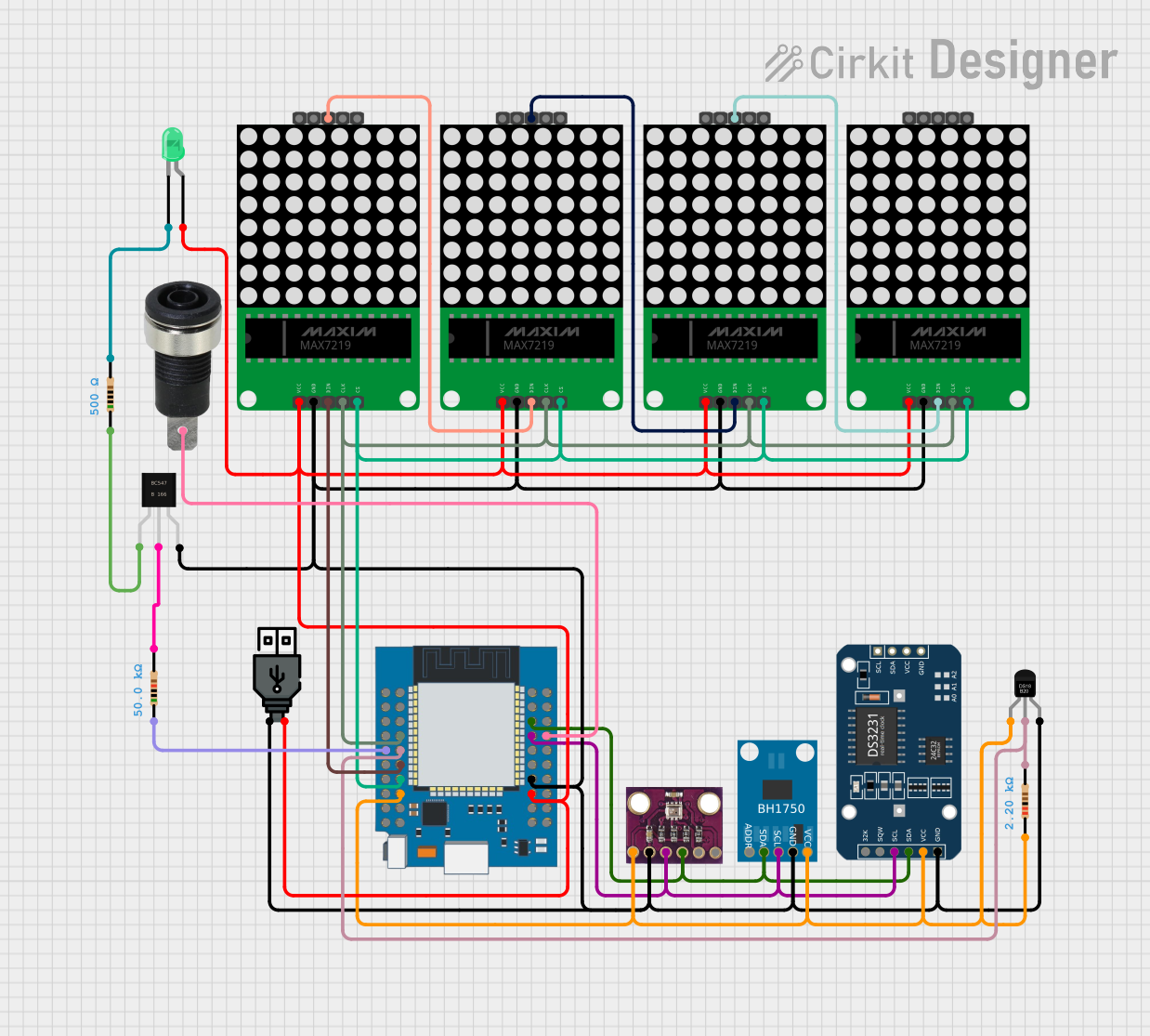
 Open Project in Cirkit Designer
Open Project in Cirkit DesignerExplore Projects Built with MAX98375

 Open Project in Cirkit Designer
Open Project in Cirkit Designer
 Open Project in Cirkit Designer
Open Project in Cirkit Designer
 Open Project in Cirkit Designer
Open Project in Cirkit Designer
 Open Project in Cirkit Designer
Open Project in Cirkit DesignerCommon Applications
- Portable Bluetooth speakers
- Smartphones and tablets
- Wearable devices
- Smart home audio systems
- Battery-powered audio devices
Technical Specifications
Key Technical Details
| Parameter | Value |
|---|---|
| Supply Voltage (VDD) | 2.5V to 5.5V |
| Output Power | Up to 15W (at 8Ω load, 10% THD+N, 12V PVDD) |
| Efficiency | >90% |
| Input Type | I2S digital audio input |
| Signal-to-Noise Ratio (SNR) | 108 dB |
| Total Harmonic Distortion | 0.02% (at 1W, 8Ω load) |
| Operating Temperature | -40°C to +85°C |
| Package Type | 20-pin WLP or 24-pin TQFN |
Pin Configuration and Descriptions
20-Pin WLP Package
| Pin Number | Name | Description |
|---|---|---|
| A1 | VDD | Power supply input (2.5V to 5.5V). |
| A2 | GND | Ground connection. |
| A3 | SCL | I2C clock input for configuration. |
| A4 | SDA | I2C data input for configuration. |
| B1 | OUT+ | Positive speaker output. |
| B2 | OUT- | Negative speaker output. |
| B3 | I2S_WS | I2S word select (left/right channel select). |
| B4 | I2S_SCK | I2S serial clock input. |
| C1 | PVDD | Power supply for the output stage. |
| C2 | I2S_SD | I2S serial data input. |
| C3 | MUTE | Mute control input (active high). |
| C4 | NC | No connection. |
24-Pin TQFN Package
| Pin Number | Name | Description |
|---|---|---|
| 1 | VDD | Power supply input (2.5V to 5.5V). |
| 2 | GND | Ground connection. |
| 3 | SCL | I2C clock input for configuration. |
| 4 | SDA | I2C data input for configuration. |
| 5 | OUT+ | Positive speaker output. |
| 6 | OUT- | Negative speaker output. |
| 7 | I2S_WS | I2S word select (left/right channel select). |
| 8 | I2S_SCK | I2S serial clock input. |
| 9 | PVDD | Power supply for the output stage. |
| 10 | I2S_SD | I2S serial data input. |
| 11 | MUTE | Mute control input (active high). |
| 12 | NC | No connection. |
Usage Instructions
Using the MAX98375 in a Circuit
- Power Supply: Connect the VDD pin to a stable power source within the range of 2.5V to 5.5V. For the output stage, connect PVDD to a higher voltage (e.g., 12V) if higher output power is required.
- I2S Audio Input: Connect the I2S_WS, I2S_SCK, and I2S_SD pins to the corresponding I2S output pins of your audio source (e.g., a microcontroller or DSP).
- Speaker Connection: Connect the OUT+ and OUT- pins to the speaker terminals. Ensure the speaker impedance matches the amplifier's specifications (e.g., 8Ω).
- I2C Configuration: Use the SCL and SDA pins to configure the amplifier settings via I2C. This includes volume control, gain settings, and other parameters.
- Mute Control: Use the MUTE pin to enable or disable the audio output. Pull the pin high to mute the output.
Important Considerations
- Decoupling Capacitors: Place decoupling capacitors (e.g., 0.1µF and 10µF) close to the VDD and PVDD pins to reduce noise and ensure stable operation.
- Thermal Management: Ensure proper heat dissipation, especially when driving high-power loads. Use a heat sink or ensure adequate airflow if necessary.
- I2S Configuration: Verify that the I2S audio source is configured to match the amplifier's supported sample rates and bit depths.
Example: Connecting MAX98375 to Arduino UNO
The MAX98375 can be connected to an Arduino UNO for basic audio playback using I2S. Note that the Arduino UNO requires an I2S-compatible shield or module for this purpose.
#include <Wire.h>
// I2C address of MAX98375
#define MAX98375_I2C_ADDR 0x20
void setup() {
Wire.begin(); // Initialize I2C communication
Serial.begin(9600); // Initialize serial communication for debugging
// Configure MAX98375 via I2C
Wire.beginTransmission(MAX98375_I2C_ADDR);
Wire.write(0x00); // Example register address
Wire.write(0x01); // Example data to configure the amplifier
Wire.endTransmission();
Serial.println("MAX98375 configured successfully.");
}
void loop() {
// Main loop can handle audio playback or other tasks
}
Troubleshooting and FAQs
Common Issues and Solutions
No Audio Output
- Cause: Incorrect I2S configuration or wiring.
- Solution: Verify the I2S clock, word select, and data connections. Ensure the audio source is configured to match the amplifier's supported sample rates.
Distorted Audio
- Cause: Overdriving the amplifier or mismatched speaker impedance.
- Solution: Reduce the input signal level or ensure the speaker impedance matches the amplifier's specifications.
Amplifier Overheating
- Cause: Insufficient thermal management or driving a low-impedance load at high power.
- Solution: Improve heat dissipation using a heat sink or reduce the output power.
I2C Communication Failure
- Cause: Incorrect I2C address or wiring.
- Solution: Verify the I2C address and ensure proper connections to the SCL and SDA pins.
FAQs
Q: Can the MAX98375 drive a 4Ω speaker?
A: Yes, but ensure proper thermal management as the amplifier may generate more heat when driving lower impedance loads.Q: What is the maximum supported I2S sample rate?
A: The MAX98375 supports sample rates up to 192kHz.Q: Is an external DAC required?
A: No, the MAX98375 has a built-in DAC and directly accepts I2S digital audio input.Q: Can I use the MAX98375 with a 3.3V microcontroller?
A: Yes, the MAX98375 is compatible with 3.3V logic levels for I2S and I2C communication.